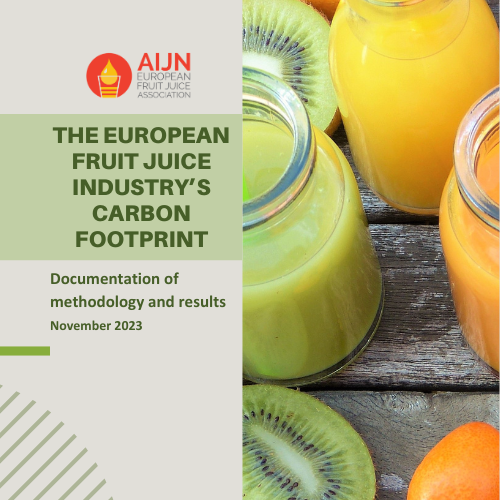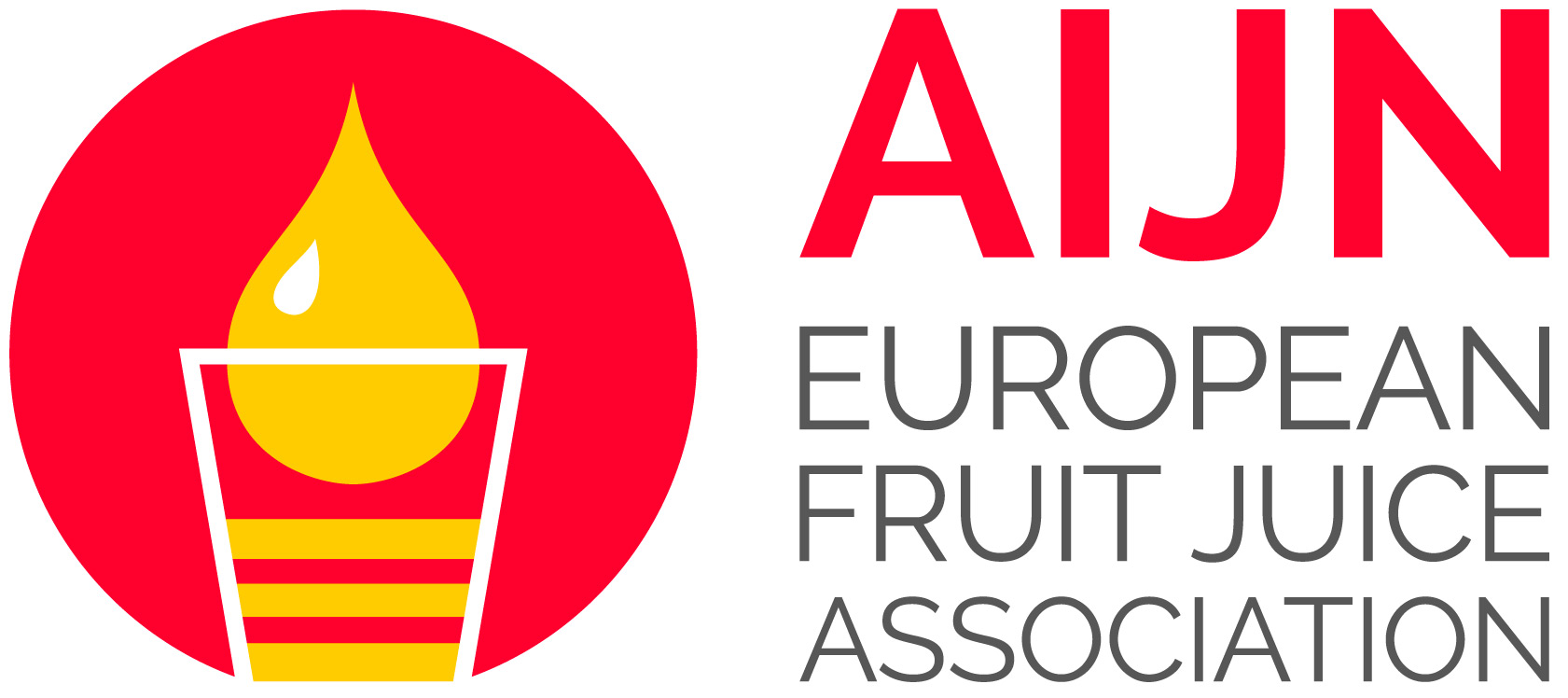Understanding our impact: AIJN’s sector-wide emissions report

2025-10-30
AIJN began its sustainability journey with its members in 2021, marking a significant step toward building a more climate-conscious fruit juice sector. From the outset, one clear priority emerged: understanding and addressing greenhouse gas (GHG) emissions across the industry.
Defining and measuring GHG emissions
A central question guided the discussions: how can we define, measure, and ultimately reduce GHG emissions at the sector level? To answer this, AIJN and its members developed a comprehensive sector-wide emissions report, summarised in the brochure below, which presents both the methodology and the results.
This initiative comes at a crucial time, as the impacts of climate change become increasingly evident. Meaningful action starts with understanding: knowing how much we emit, why these emissions occur, and where the most effective reductions can be achieved.
The AIJN emissions report
The AIJN emissions report, available in full to AIJN members, provides a methodology for calculating sector-wide GHG emissions. It establishes 2019 as the reference year, setting a benchmark against which companies can compare and track their own performance.
Results show that, on average, producing one litre of fruit juice generates approximately one kilogram of CO₂ (1 kg CO₂/L) - across all juice types and packaging formats.
Beyond quantifying emissions, the report identifies key emission hotspots along the value chain - the stages where emissions are most significant. By pinpointing these critical areas, AIJN supports companies in focusing their efforts where they can have the greatest climate impact.
Why calculate emissions at the sector level?
A sector-level approach provides a European overview of the fruit juice industry’s environmental footprint, enabling:
- Benchmarking: companies can compare their emissions with the sector average and monitor progress over time.
- Insight: understanding where emissions occur directs innovation and investment toward the most effective solutions.
- Consistency: shared methodology ensures reliable, comparable data across the industry.
- Action: the report includes recommendations and practical guidance to support members in reducing their GHG emissions.
A step toward climate action
Understanding our emissions is the essential first step toward reducing them. Together with its members, AIJN is helping the European fruit juice sector align with Europe’s climate goals and move decisively toward a more sustainable future.
For further information about the report or AIJN’s sustainability initiatives, please contact the AIJN Secretariat at aijn@aijn.eu.
